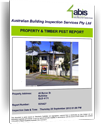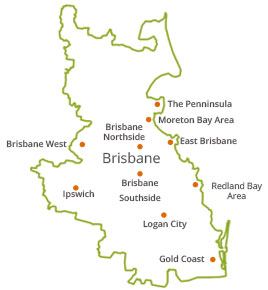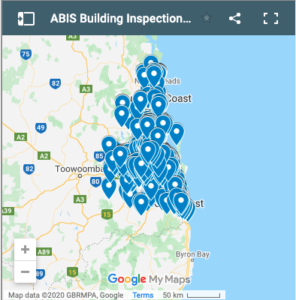The sight of cracking can put fear into a buyer’s heart. Yet most properties will exhibit cracking at some point in their lives as materials age and settle to accommodate changes in the building’s environment, especially if the builder has not allowed for this by installing expansion or control joints. Often cracking is inconsequential, affecting only the appearance of the building and if static, can be simply repaired. However, cracking can also be a serious distress signal that the building’s serviceability or even stability may be under threat. Because of this, all cracking, insignificant or otherwise, should be considered seriously, and reported for monitoring or where there is concern, further investigation, by a structural engineer. However, the assessment of cracking even by these professionals, can still be subjective, as sometimes its cause and significance can only be established through monitoring over several years.
Understanding the cause and significance of cracking requires consideration of a large number of factors including the age and construction of the building itself, the nature of any structural alterations such as extensions, additions, or even demolition; the impact of foundation soils and adjoining landscaping e.g. large trees etc. The severity, extent, and pattern of cracking are also important. Cracks in masonry tend to be perpendicular to the line of force, and cracking also tends to concentrate in areas of weakness such as at junctions of walls or between door and window openings. Various construction materials respond differently to stress.
The age of the cracking should also be determined… old cracks tend to be filled with debris. The form of the crack, especially tapering cracks may indicate something about the movement of the building, where cracks that taper to the bottom indicate slab doming and vice versa, slab dishing in response to hydration and dehydration of clay soils. Shear force cracking tends to have debris adhered to one side of the crack. Occasionally, cracks may be a result of compression.
Cracks often need to be monitored over time to determine whether they are stable (Not getting bigger or smaller) or are changing. A crack that is initially only minor in nature may progress to being an indication of more significant movement to the building’s structure that will require remediation. This monitoring should continue even after diagnosis right through to post-remediation to measure its effectiveness and adjust it accordingly. Remediation will depend upon a thorough understanding of the causes of cracking of which there are many, either singly or in complex combination. Once cracking affects the functioning of the building e.g. waterproofing is compromised or doors and windows stick, this damage will also need to be repaired.
According to QBCC Standards & Tolerances Guide 2016 and Australian Standard AS2870, cracks in concrete slabs 2 mm or greater and those in masonry or plasterboard walls 5 mm or greater ( 3 mm or greater when in groups ) may be deemed to be defects. Based upon knowledge and experience, an inspector must then make a judgement as to what kind of defect they represent i.e. an appearance defect which is a blemish; a serviceability defect which impairs the functioning of the building e.g. water leakage or sticking doors and windows; or a structural defect which may seriously compromise the building’s integrity, the latter not entirely reliant upon the width of cracking e.g. cracks 0.1 mm wide may be structural while cracks 5.0 mm wide may not be structural. Nor does cracking in a structural element necessarily indicate a structural defect. In assessing the degree of damage, the inspector will need to take into account the location in the building where it occurs, and also of the function of the building, among many factors. He must also note the extent, severity, and level of progression of cracking. A good property inspection report should identify those cracks which are deemed to be defects together with their extent and severity and recommendations for action whether to continue monitoring or seek further investigation by a structural engineer. Whatever, it is important that you take this advice seriously and follow through within the recommended timeframes.




